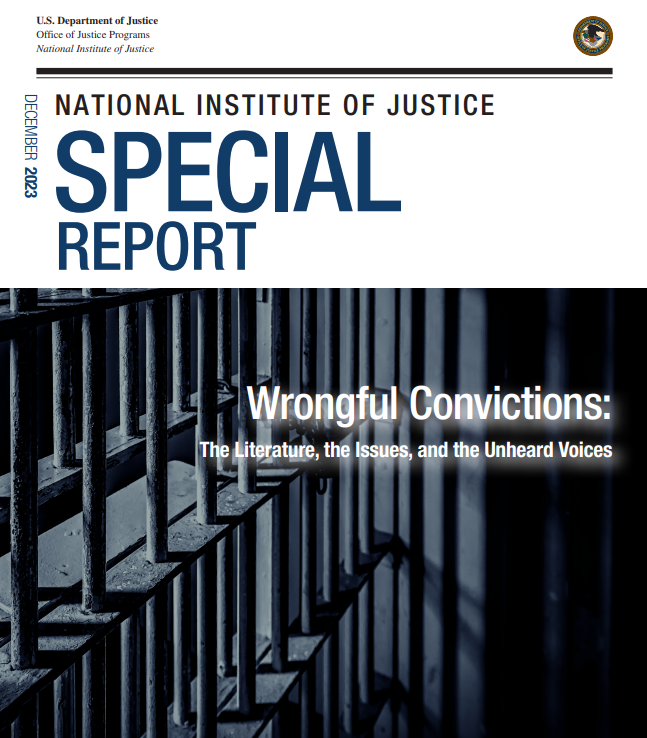The strength of our criminal justice system depends on its accuracy — its ability to convict the guilty and to clear the innocent. But we know that wrongful convictions happen. Identifying and understanding the causes of wrongful convictions is critical to maintaining the integrity of our justice system.
A conviction may be classified as wrongful for two reasons:
- The person convicted is factually innocent of the charges.
- There were procedural errors that violated the convicted person's rights.
A wrongful conviction based on possible factual innocence can sometimes be detected using postconviction DNA testing.
Postconviction DNA testing is a major factor contributing to the increased discovery of wrongful convictions. With the advent of DNA testing over the last two decades, biological evidence retained in cases from the "pre-DNA" era could be tested. In addition, advancements in DNA technology have broadened opportunities for DNA testing. For example, as DNA analysis of aged, degraded, limited or otherwise compromised biological evidence has improved, samples that previously generated inconclusive results might be amenable to reanalysis with newer methods.
Awards
See the YouTube Terms of Service and Google Privacy Policy


